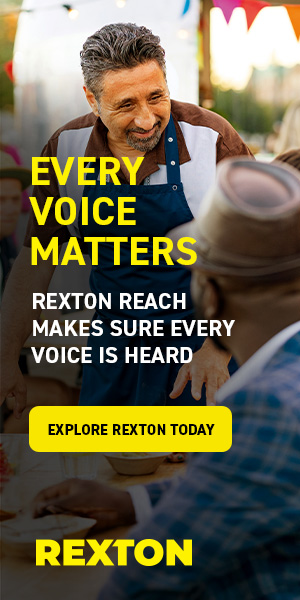ST. PAUL, Minn. —Fourteen of the 18 toys tested this year for Sight & Hearing Association's annual Noisy Toys List sounded off louder than 100 decibels (dBA). The time it takes to risk hearing damage at that level? 15 minutes.
For the 11th year, the nonprofit organization and researchers from the University of Minnesota tested toys—taken right off retailers' shelves— for potentially dangerous sound levels. All of the toys measured over 90 dB directly at the speaker of the toy. And 12 of the 18 are meant for children three years or younger.
The top offender on this year's list, Cars Shake 'N Go Mater by Fisher Price, blared at 120.8 dB(A)— loud enough to risk hearing damage in less than eight seconds. Little People ABC Letter Sounds, a puzzle, topped out at 114.5 dB(A);and a small hand-held musical toy, Disney High School Musical Rockerz Boomin' Drums, measured 113.5 dB(A). All of those toys are loud enough to risk hearing damage in less than one minute.
Sounds that are 85 dB or louder can permanently damage your ears. The louder the sound, the less time it takes to cause damage. For example, a sound at 85 dB may take as long as eight hours to cause permanent damage, while a sound at 100 dB can start damaging hair cells after only 15 minutes of listening. According to guidelines by the National Institute for Occupational Safety and Health (NIOSH), part of the Centers for Disease Control, the permissible exposure time (the amount of time you should listen) is cut in half with every 3 decibels over 85 dB.
Because of a child's shorter arm span, toys are often potentially more dangerous to hearing because children hold them closer to their ears. In the Sight & Hearing Association study, the toys were repeatedly tested at distances simulating how a child might hold the toy, directly near the ear (0 inches) and at arm's length (10 inches). A sound-proof acoustic chamber was used to ensure accurate measurements.
Until 2004, there were no regulations in the United States regarding the loudness of toys. An acoustics standard (ASTM F963), adopted and revised in March 2004 by ASTM International, states that a hand-held, table-top or crib toy cannot exceed 90 dB 25 cm (approx. 10 in.) from the surface of the toy. Compliance with the standard is voluntary.
Directly at the speaker of the toy, all of the toys tested this year measured louder than 90 dB. At 10 inches from the toy's surface, four of the toys measured louder than 90 dB: the Little People ABC Letter Sounds puzzle (93.8 dB), Speed Racer Mighty Mach 5 RacingWheel (93.9 dB), Nano Blaster (92.2 dB), Shake 'N Go Nascar Jimmie Johnson (92.8 dB).
Mina Le, M.D., a resident otolaryngologist at the University of Minnesota, tested the toys, and offers the following advice. "I was surprised at how loud these toys were in general," she says. "When shopping, buy toys that encourage imagination. Instead of a toy guitar with five programmed songs, buy a regular guitar and let them sing any songs they want. Instead of a toy car that makes noise, buy a silent car and let them expend their energy growling 'Vroom!'"
Unlike with choking hazards and other injuries, there are no injury statistics on toys and hearing loss. That's because noise-induced hearing loss is nearly impossible to track its origination.
To protect a child's hearing, the Sight & Hearing Association offers the following tips:
- Listen to a toy before you buy it. If it sounds loud to you, it's too loud for your child.
- Report a loud toy. Call the Consumer Product Safety Commission at 800/638-2772 or the Sight & Hearing Association at 800/992-0424, or contact us by e-mail at ReportAToy@sightandhearing.org.
- Put masking or packing tape over the speaker on the toy. This will help reduce the volume.
- Buy toys with volume controls.
The Minnesota-based Sight & Hearing Association, founded in 1939, is dedicated to enabling lifetime learning by identifying preventable vision and hearing loss in children.
To view the complete 2008 Noisy Toys List and for more information, please visit www.sightandhearing.org

